Where to Winter Wander - South Landing, Flamborough
In the latest article in his Where To Winter Wander series, Mark takes us around South Landing, on the south side of the mighty Flamborough Head in East Yorkshire.
Of the three choices you face as you enter Flamborough village from Bridlington, most take either the North Landing option, or the Lighthouse option - both fine choices, of course, but if you want to get away from the crowds and enjoy a more relaxed winter wander, you could do much worse than taking the third option....
South Landing looking east © Mark Pearson
South Landing is, as its name suggests, a small bay on the southern side of the headland, although its use as a landing is pretty much reserved for the local lifeboat in recent times. The beauty of the area from a winter wandering perspective (or, of course, at any time of year) is the variety of habitats, and wonderful views, in a relatively short circuit around the reserve.
South Landing Beach © Mark Pearson
Allowing a couple of hours for a meander through woodland, scrub, farmland and coast is more than enough to enjoy everything South Landing has to offer in the winter months, and an ideal clockwise circuit begins at the car park. The temptation is to head straight onto the designated nature trail, but before you do, spend a while checking the scrub to the north of the car park - there are (quite well hidden) paths if you want to get a bit deeper into it, or just watch from the perimeter, but it's a great place for Bullfinch, Linnet, Greenfinch, Great Spotted Woodpecker, and Tree Sparrows (which breed in the boxes on the side of the cafe / visitors centre)
Bullfinch (female) © Mark Pearson
Tree Sparrow © Mark Pearson
At the south-east corner of the car park, you'll find the beginning of the nature trail around the reserve. Here you'll enter the woodland on the northern flank of the ravine, and this first stretch is especially good for Treecreeper, Goldcrest, Coal Tit, finches, and also Tawny Owl - much easier to find in winter, especially if a Blackbird is alarm-calling and giving its position away!
As you arrive at the 'whale bridge' (a footbridge across the ravine that artistically echoes both a whale and coble 'skeleton' - check for the names of each on either side of the 'bones'), it's worth pausing and looking for various commoner species - Wrens, Robins, Chaffinches and the like - and it's a popular spot with Bullfinches and Great Spotted Woodpeckers, too.
Here you have a choice - left for a slightly longer loop, or right for the shorter route through the wood. Both are good, but I'd recommend the former, which takes you up towards Highcliffe Manor and incorporates some different habitats - farmland, hedgerows, and more of the coastal footpath, too. As the view opens out here, look out for Skylark, Meadow Pipit, corvids and various gulls, and a longer scan may be rewarded with hunting Common Buzzard, Sparrowhawk and Kestrel, Curlews and Lapwings in the fields, or the chance of Snow and Lapland Buntings; Barn Owls often quarter the fields here, especially at dawn and dusk.
Stone chat (male) © Mark Pearson
The hedgerows are good for both Yellowhammers and Reed Buntings here, and as the path meets the coast, look for Stonechats, Linnets and other farmland species in the open, scrubby grassland. As you reach the viewpoint overlooking the bay, this is the best spot for scanning the panorama of open water into Bridlington Bay (a telescope will help) - there are often Red-throated Divers, Common Scoters and Eiders as well as Shags, Cormorants, and the odd Guillemot and Razorbill on the water, and check carefully for scarcer species including Great Northern Diver, Velvet Scoter and Long-tailed Duck.
While you're here, scan the shoreline below you for various waders (see next paragraph) - although you're further away than you will be in a few minutes, it's a different, wider perspective from which to see them, and you may beat the dog walkers before you go down to the beach! Take the steps down to the bay, and depending on the state of the tide, either walk out onto the sandy area (if it's low) or move a short way east along the tideline (if it's high) to scan the shoreline.
Red-throated Diver © Mark Pearson
The commonest waders here are Turnstones, and there may be many, especially at high tide, when they gather in busy gangs to exploit the buffet provided by the banks of seaweed - but you may well also find Dunlin, Sanderling, Redshanks, Bar-tailed Godwit, Oystercatcher, Curlew and more here: keep a sharp eye out for odd Purple Sandpipers, too.
Sanderling © Mark Pearson
The strandline also attracts passerines, with Rock Pipits, Pied Wagtails, Grey Wagtails, Stonechats, Robins and Wrens particularly fond of the insect bounty on offer; look up, and you may well get great views of Fulmars as they glide effortlessly along the cliffs.
Before the short walk back up the slope, pause at the bottom to scan the wooded slopes and ravine - this is another good spot for Yellowhammers, Bullfinches and Goldcrests as well as various other woodland species, and if you're lucky, you may spot a cryptic, day-roosting Woodcock, immobile in the leaf litter....
Yellowhammer (male) © Mark Pearson
The road back to the car park is sandwiched between thick scrub and hedgerow on your left, and the wooded ravine on your right; perfect for all manner of species aforementioned, and with patience you can often get great, close views of various songbirds. There's often a party of Long-tailed Tits patrolling the hawthorns here, and they may well be joined by a Treecreeper, Coal Tit or even a wintering Chiffchaff if you check them carefully.
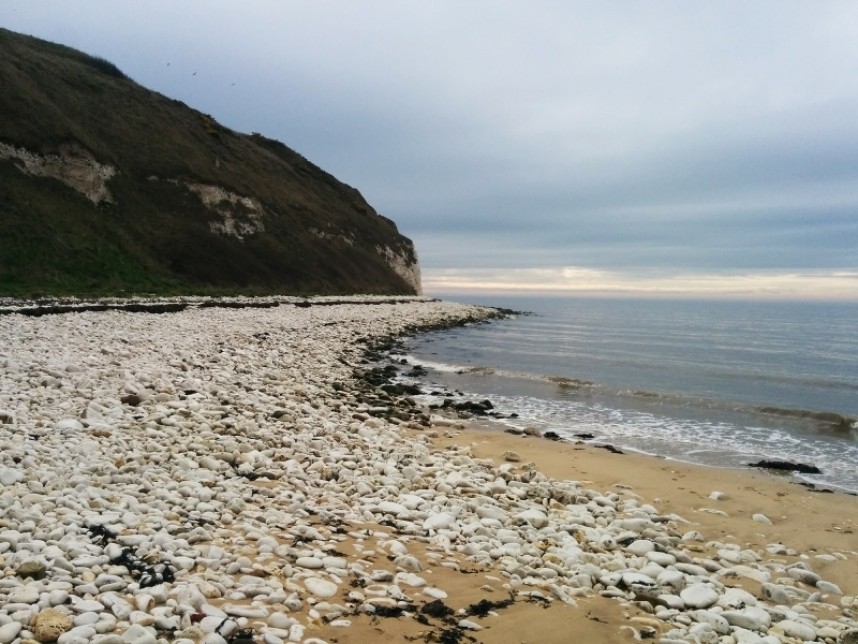
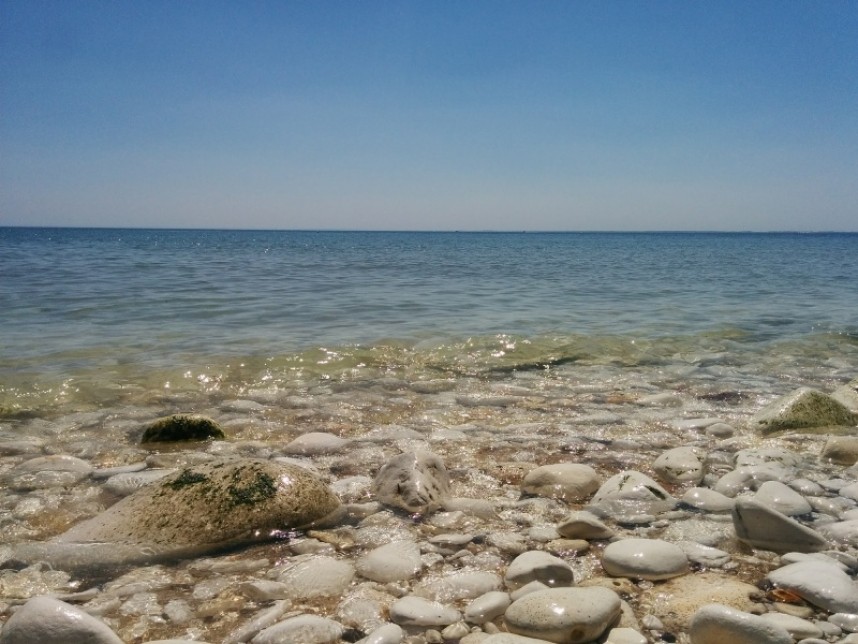
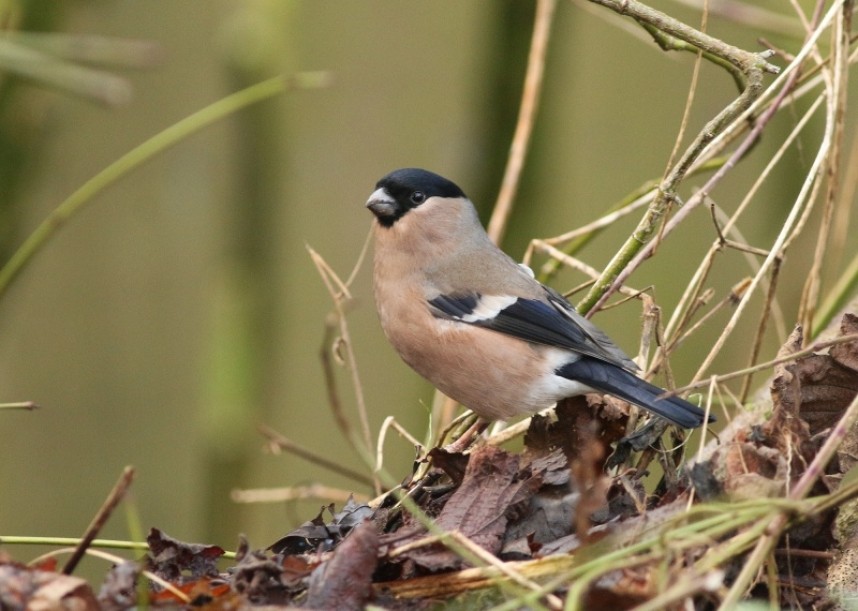
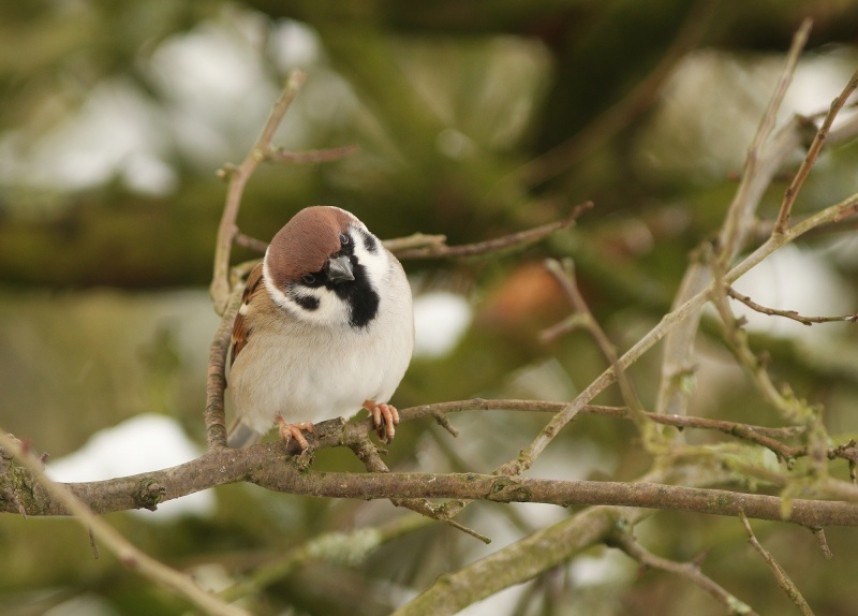
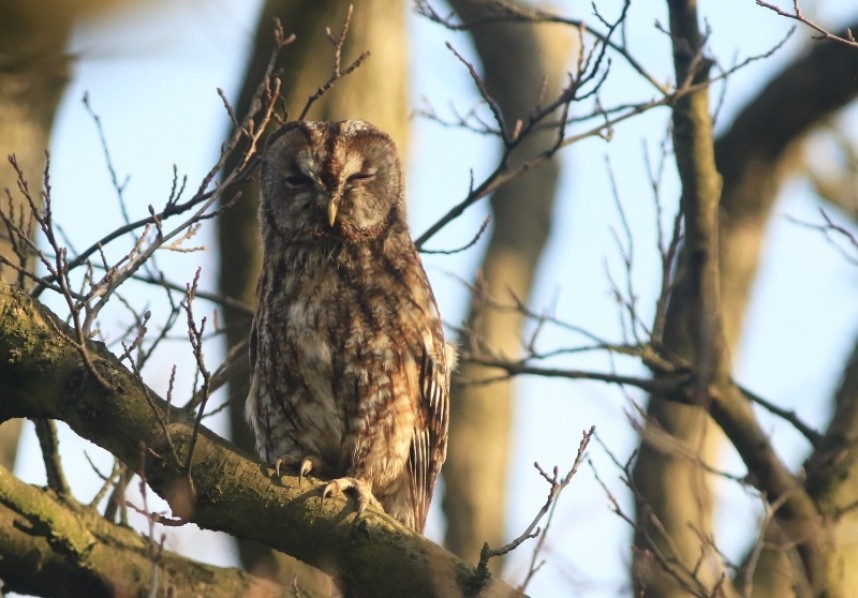
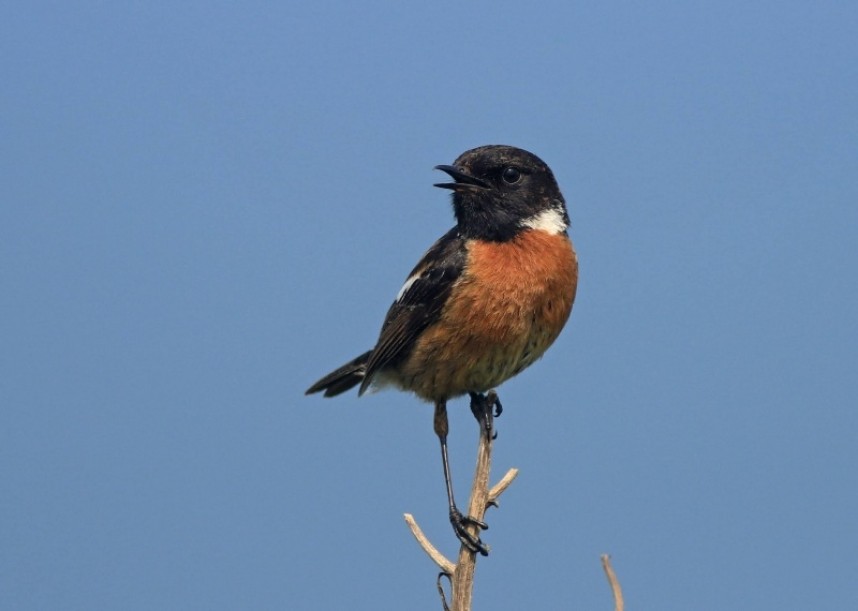
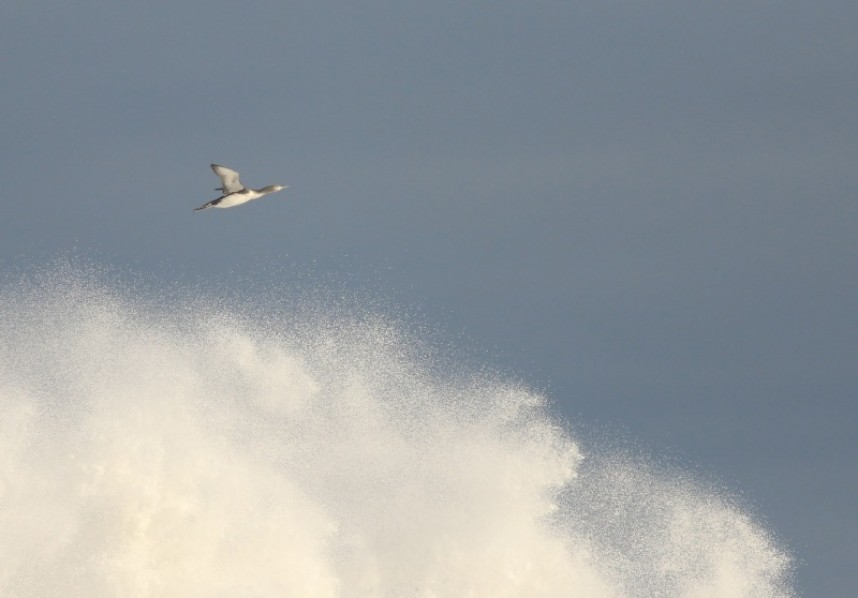
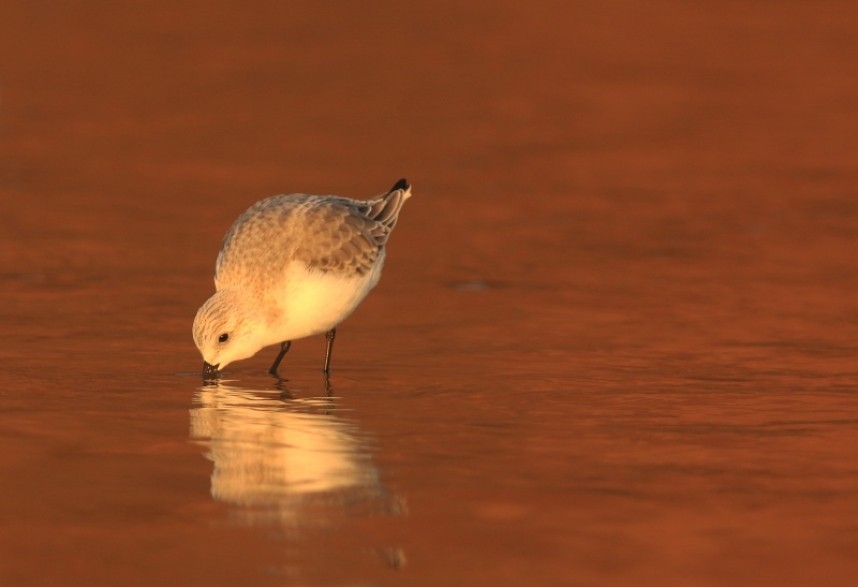
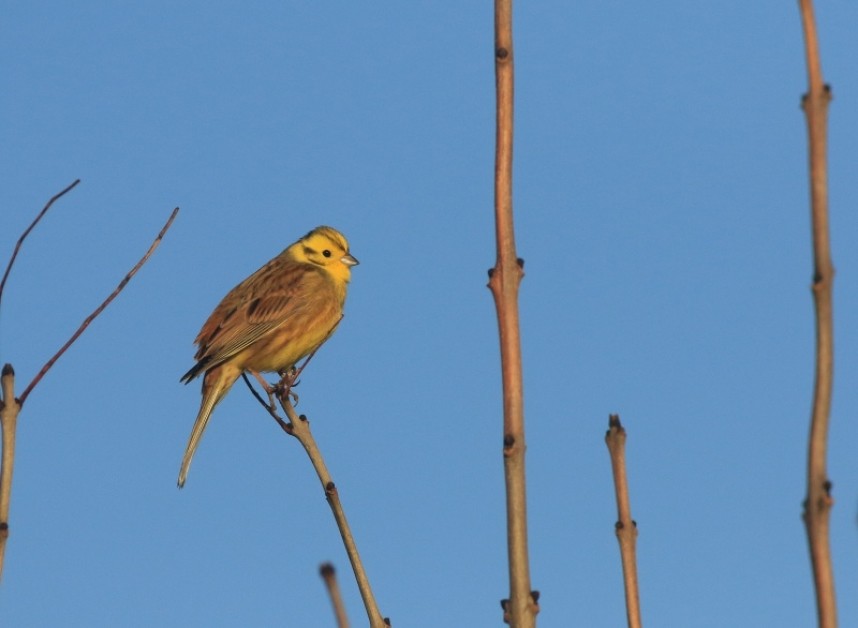



 Back to Blog
Back to Blog
